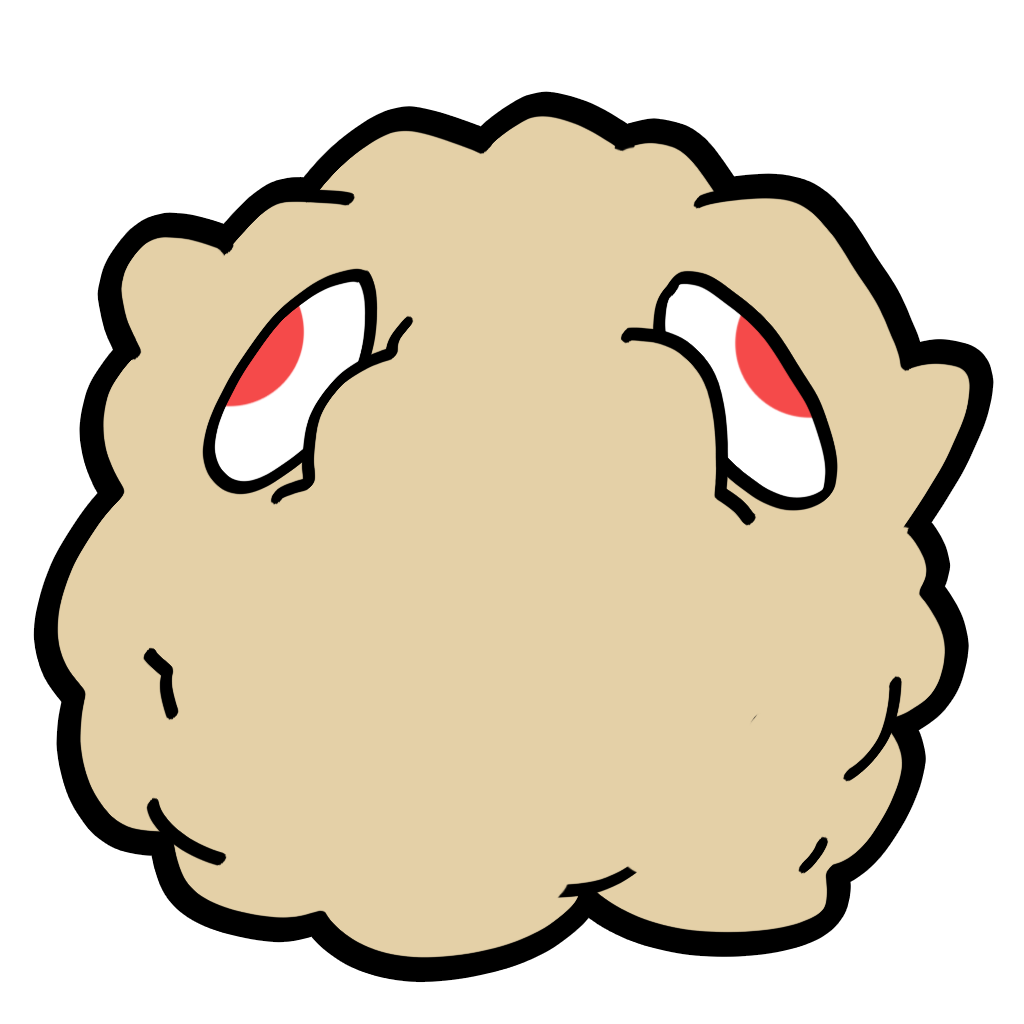
Exasperation
Mental Model Short Description: Exasperation is a feeling of intense irritation or annoyance.
Why Does It Exist?
Exasperation exists as an emotional response to repeated frustrations, obstacles, or perceived incompetence. It's a natural part of the human condition, reflecting our limits of patience and tolerance when faced with persistent challenges or the inability of others to meet our expectations. This response can signal the need for change, whether in our environment, our behavior, or our expectations.
Why Is It Important to Understand?
Understanding exasperation is important because it can serve as a warning sign that our current approach to a problem or situation might not be working. It encourages us to reassess and adapt our strategies, improve our communication, or realign our expectations. Recognizing this emotion in ourselves and others can lead to more effective problem-solving, healthier relationships, and better emotional regulation.
How to Use It to Your Advantage
To use exasperation to your advantage, view it as a signal to pause and reflect on the situation. This reflection can help identify the root causes of your frustration and guide you toward constructive solutions. Developing coping mechanisms, such as stress management techniques, and improving your communication skills can turn exasperation into an opportunity for personal growth and effective problem-solving.
How It Is Used Against You
Exasperation can be used against us when it leads to impulsive decisions, communication breakdowns, or escalated conflicts. Others might exploit our frustration to provoke a reaction, manipulate our decisions, or undermine our credibility. Additionally, constant exposure to exasperating situations can lead to burnout, decreased productivity, and impaired judgment.
Examples
Identifying a recurring source of exasperation at work and proposing a new process or solution to address the issue.
Using a moment of exasperation as a prompt to take a break, engage in a calming activity, and then return to the problem with a clearer perspective.
Recognizing when exasperation is affecting your interactions with others and choosing to communicate your needs or concerns more effectively.
